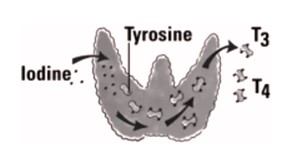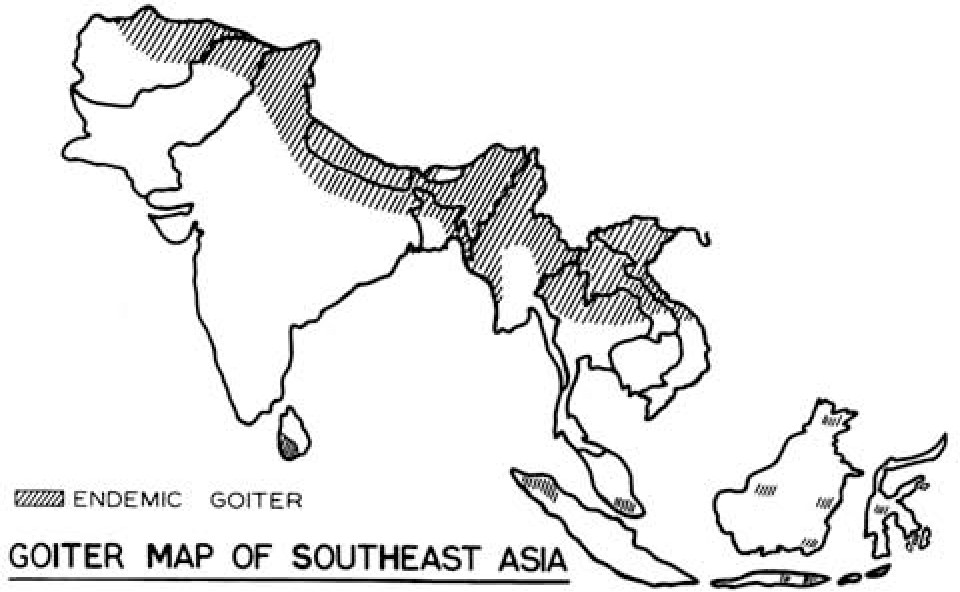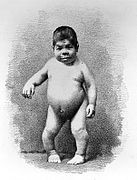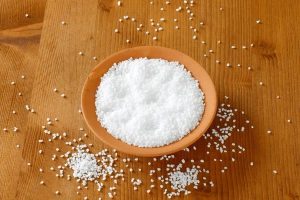IODINE AND THYROID: ASSAM
CONTEXT
In India more than 40 million people suffer from thyroid disease. disorders. Worldwide, iodine deficiency is the most common cause of hypothyroidism.
Iodine is necessary for production of thyroid hormones (T3 and T4) in the thyroid gland. Absence of iodine in diet causes goiter or swelling of thyroid gland
GOITER
Iodine is deficient in soil as the altitude levels rise. It is more commonly deficient in the Himalayan regions.
As the northeastern part of India is situated in the Sub-Himalayan goitrogenic belt, hypofunction of the thyroid gland is expected to be a common problem among the general population. As we can see in the goiter map below, Assam has iodine deficient soil. As far as 1993, studies showed that goiter was very prevalent in Upper Assam districts. For example, the prevalence of goiter was as high as 42.2% in 1993 and 65.8% in 1989
We have come a long way since then. Spread of iodized salt consumption has reduced the incidence of goiter considerably. As of 2013, the prevalence of goiter in Dibrugarh was 18%.
Currently the body in charge of prevention of iodine deficiency disorders is the National Iodine Deficiency Disorders Control Program (IDDCP). It organizes district level meets and trains ANMs to create awareness on iodine deficiency disorders.
Why is iodine deficiency important?
Iodine deficiency causes goiter and hypothyroidism. In very young infants, hypothyroidism is a common, irreversible mental and physical retardation, unless treatment is initiated within weeks after birth.
In earlier times, before iodization programs, these children developed cretinism.
What is salt iodization?
Iodine being added to salt is called salt iodization. Salt iodisation programme in India dates back to late 1950’s when Professor V. Ramalingaswamy showed that the Kangra Valley of Himachal Pradesh was a hotspot for endemic goiter due to iodine seficiency. He proved that by consuming salt iodised with potassium iodate is the most economic and easiest means of its prevention and control in a population.
India launched the National Goiter Control Programme (NGCP) in 1962 and a key aspect of it was iodized salt use in every household. At the level of household the amount of iodine in salt should be at east 15 parts per million.
How much iodine is needed?
According to the WHO, an average adult needs 150mcg of salt per day. This requirement goes up in pregnancy and lactation (150mcg/day). This amount can be easily obtained by using iodized salt while preparing food.
What other food can be iodized?
Bread, water, milk, cereals, sugar and even animal fodder. Salt, however is the cheapest and most efficient way to prevent goiter in the population
What are the rich sources of iodine?
Fish, chicken liver, eggs, dairy, seaweed etc
Can goiter be cured by medicine or iodine?
No. Goiter can be removed only by surgery. Thyroid medication or iodine do not cure goiter. Surgery is needed only in specific conditions
- Rapid enlargement of the gland causing symptoms of compression

- Risk of cancer
- Cosmetic reasons
What precautions can a consumer take while buying packaged iodized salt?
Salt purchased within 1 month from the date of manufacturing has almost similar iodine content. Iodized salt older than 6 months from the date of packaging has a higher iodine loss.
We should not buy salt in bulk. Avoid purchasing any packet that is more than 6 months past its date of manufacture. Once purchased, the packet should be consumed within 1 month. If possible, store salt in its original packaging. If not, storing it in a non-transparent glass jar is better.

